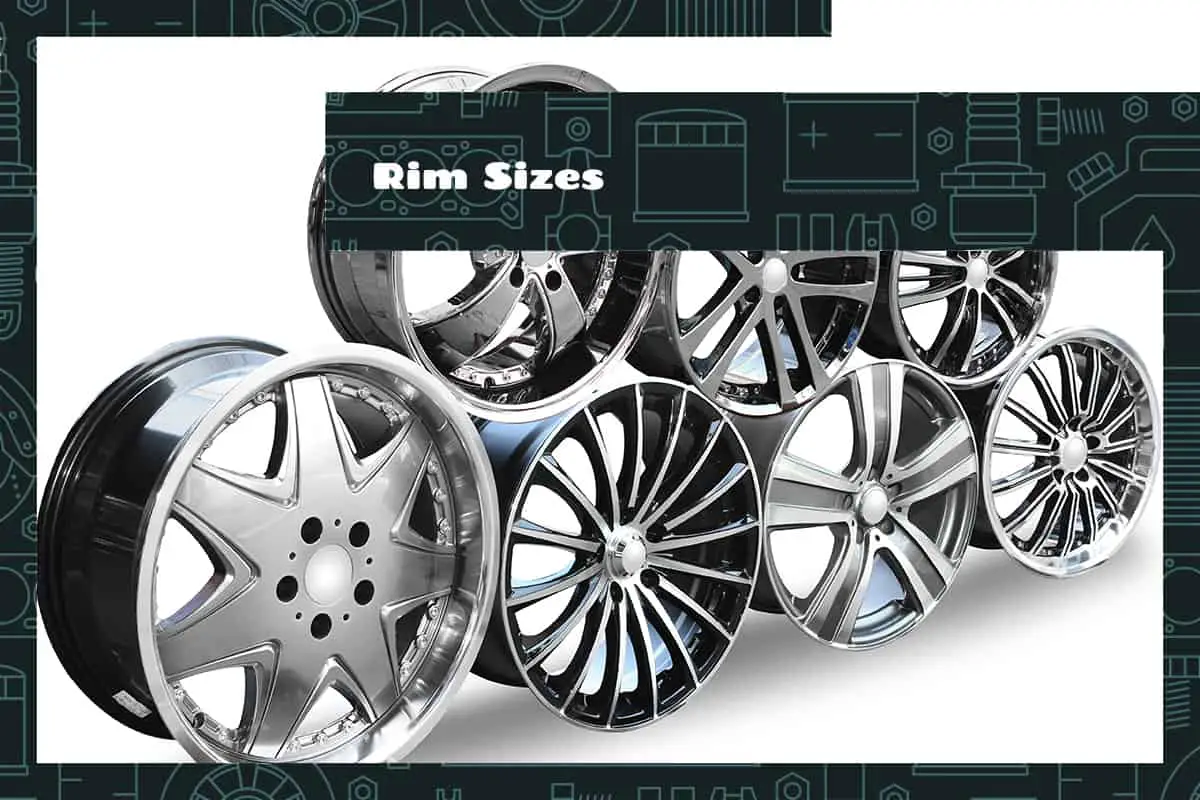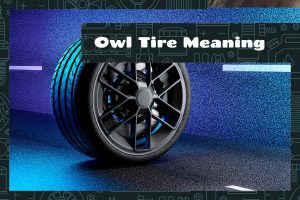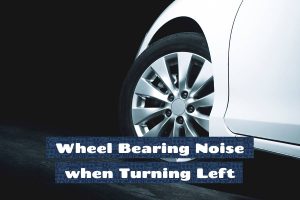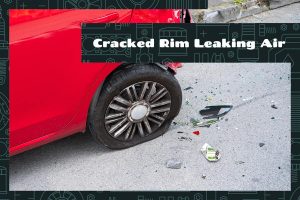Your car’s performance, safety, and even aesthetic appeal can largely depend on something you might not pay much attention to: the rim size. The rims, those metal structures that support the tires, play a critical role in your vehicle’s functionality.
They’re more than just flashy accessories that add to the car’s visual appeal. Correct rim sizes are crucial for ensuring a proper fit with your tires, impacting everything from fuel efficiency to handling and stability.
This guide will cover the intricate details of rim sizes, explaining their significance, how to measure them, and, most importantly, how to match them with the correct tire sizes.
Importance of Choosing the Right Rim Size
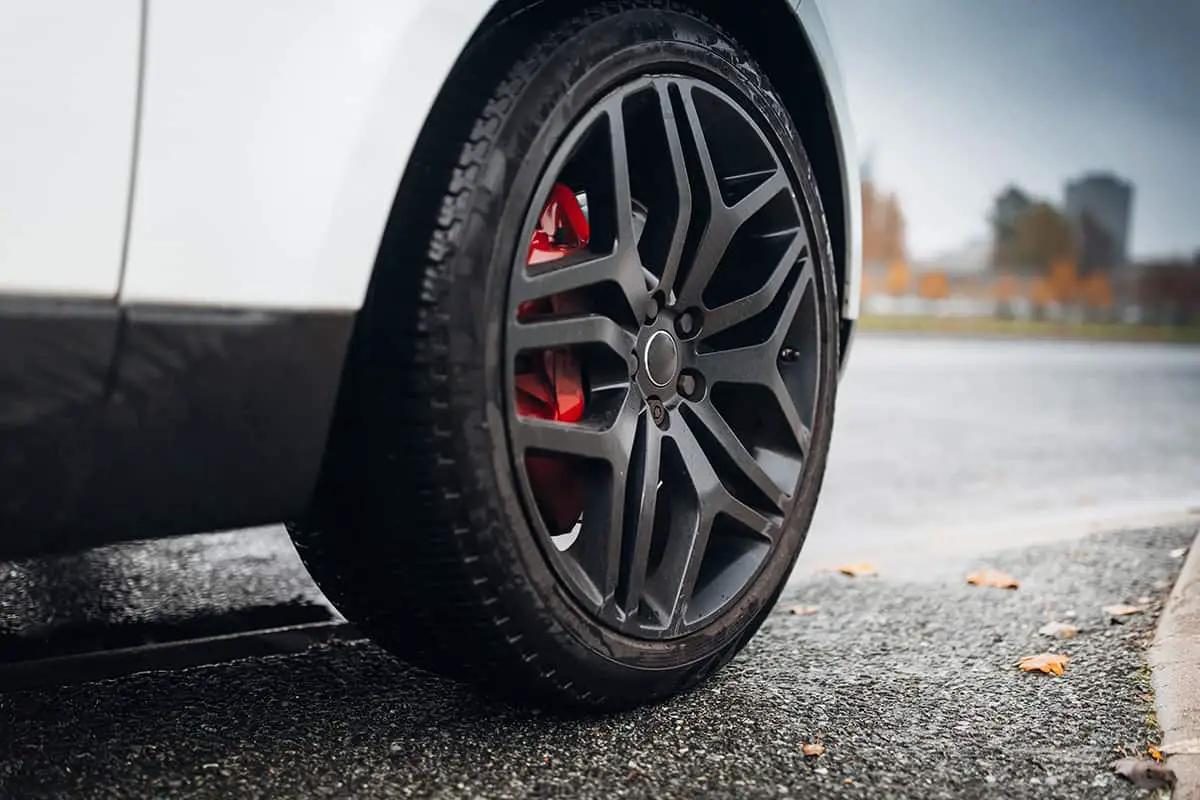
Rim size directly affects your car’s handling and stability. Larger rims often provide better handling, especially around corners, because they usually come with lower-profile tires, which reduce sidewall flex during turns.
However, too large rims can negatively impact stability as they can make the ride more susceptible to road imperfections and cause a harder ride due to less tire sidewall. Hence, there’s a fine balance that needs to be achieved to ensure good handling and stability.
Impact on Fuel Efficiency
Rim size can also influence your vehicle’s fuel efficiency. Generally, smaller rims with higher profile tires offer better fuel efficiency because they weigh less, thus reducing the amount of energy required to move the car.
Larger rims with lower profile tires, while they might look more appealing, tend to increase the vehicle’s weight, which can result in higher fuel consumption.
Impact on Ride Comfort
The size of your car rims can significantly affect the comfort of your ride. Smaller rims usually provide a smoother, more comfortable ride.
That’s because they’re typically paired with tires that have higher sidewalls (more rubber), which can absorb more road shocks from potholes or bumps. Conversely, larger rims tend to have lower profile tires, which result in a stiffer ride as they absorb less shock.
How to Measure Rim Size
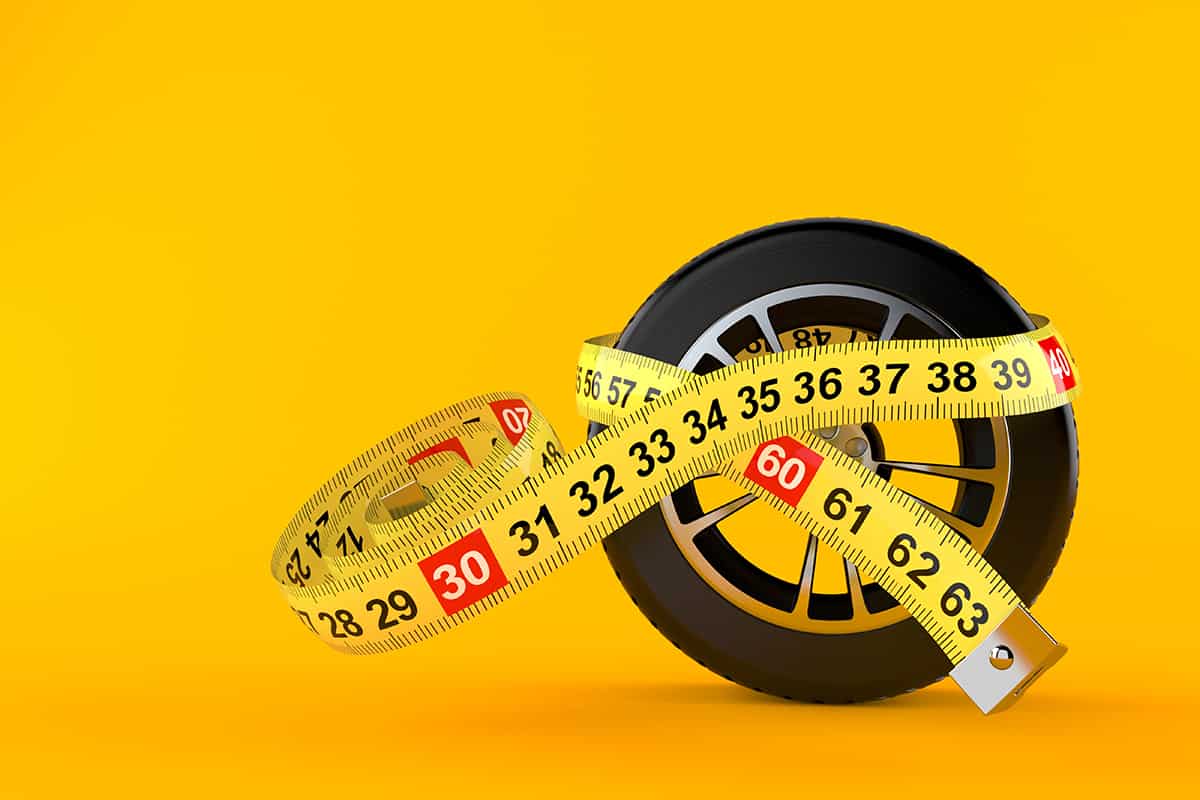
With the right tools and knowledge, you can easily determine the specifications of your rims, aiding in the selection of appropriate tires and contributing to the overall performance and safety of your vehicle.
Required Tools
The good news is, measuring rim size does not require complex tools. A standard tape measure and a note pad to jot down your findings will suffice. For precise measurements, especially for rim width, a caliper can be beneficial.
Measuring Rim Width
To determine the rim width, you need to measure the distance from one inside edge of the rim to the other. Remove the wheel from your car for a more accurate measurement. Make sure you’re measuring the distance between the bead seats (the part of the rim where the tire rests), not the outer edges.
Measuring Rim Diameter
Rim diameter is measured in inches from the place where the tire seats on the rim, not the outer edges. To get the diameter, measure across the center of the wheel from one bead seat to the bead seat on the opposite side. Ensure your tape measure passes through the center hub for an accurate measurement.
Measuring Bolt Pattern
The bolt pattern, or bolt circle, is the diameter of an imaginary circle passing through the center of the wheel’s lug holes. It’s represented by two numbers, e.g., 5×120. The first number indicates the number of bolt holes, while the second signifies the diameter of the imaginary circle. To measure the bolt pattern, you need to measure the distance between the center of one lug hole to the center of the lug hole across from it.
Rim Width to Fit Tire Size Chart
A rim width to fit tire size chart is a helpful tool that can guide you in determining which tires will properly fit your vehicle’s rims. Here’s a general chart that illustrates the compatibility of various rim widths with different tire sizes.
| Rim Width (inches) | Minimum Tire Width (mm) | Ideal Tire Width (mm) | Maximum Tire Width (mm) | Suggested Tire Sizes |
| 5 | 155 | 165-185 | 195 | 175/70R13, 185/65R13 |
| 5.5 | 165 | 175-195 | 205 | 185/65R14, 195/60R14 |
| 6 | 175 | 185-205 | 215 | 195/65R15, 205/60R15 |
| 6.5 | 185 | 195-215 | 225 | 205/55R16, 215/50R16 |
| 7 | 195 | 205-235 | 245 | 215/50R17, 225/45R17 |
| 7.5 | 205 | 215-235 | 255 | 225/45R18, 235/40R18 |
| 8 | 215 | 225-255 | 265 | 235/40R19, 245/35R19 |
| 8.5 | 225 | 235-265 | 275 | 245/35R20, 255/30R20 |
| 9 | 235 | 245-275 | 285 | 255/30R20, 265/30R20 |
| 9.5 | 245 | 255-285 | 295 | 265/30R20, 275/30R20 |
| 10 | 255 | 265-295 | 305 | 275/30R20, 285/30R20 |
| 10.5 | 265 | 275-305 | 315 | 285/30R20, 295/30R20 |
| 11 | 275 | 285-315 | 325 | 295/30R20, 305/30R20 |
| 11.5 | 285 | 295-325 | 335 | 305/30R20, 315/30R20 |
| 12 | 295 | 305-335 | 345 | 315/30R20, 325/30R20 |
| 12.5 | 305 | 315-345 | 355 | 325/30R20, 335/30R20 |
| 13 | 315 | 325-355 | 365 | 335/30R20, 345/30R20 |
| 13.5 | 325 | 335-365 | 375 | 345/30R20, 355/30R20 |
| 14 | 335 | 345-375 | 385 | 355/30R20, 365/30R20 |
| 14.5 | 345 | 355-385 | 395 | 365/30R20, 375/30R20 |
| 15 | 355 | 365-395 | 405 | 375/30R20, 385/30R20 |
| 20 | 495 | 505-535 | 545 | 515/30R20, 525/30R20 |
The chart is quite straightforward to use. The first column represents the rim width in inches. The following columns represent the minimum, ideal, and maximum tire width that can fit the respective rim width, given in millimeters. For instance, if your rim width is 7.5 inches, the ideal tire width would be between 215 mm and 235 mm.
Consider a scenario where you have a vehicle with 8.5-inch rims. According to the chart, the minimum tire width that could fit this rim is 225 mm, the ideal range lies between 235 mm and 265 mm, and the maximum tire width should not exceed 275 mm. If you were to fit a 235-mm wide tire on this rim, you’d have a combination that falls within the ‘ideal’ range, ensuring optimal performance and safety.
Reading Tire Sizes
Tire sizes are usually represented as a string of letters and numbers (e.g., P215/65R15). Each part of this representation has a specific meaning:
- P: This letter stands for ‘Passenger.’ It indicates that the tire is designed for passenger vehicles. Other designations include ‘LT’ for Light Truck, ‘ST’ for Special Trailer, and ‘T’ for Temporary (as in spare tires).
- 215: This is the tire’s width in millimeters from sidewall to sidewall. In our example, the tire is 215-mm wide.
- 65: This is the aspect ratio, representing the height of the tire sidewall as a percentage of the tire’s width. Here, the sidewall height is 65% of the tire’s width.
- R: This letter stands for ‘Radial,’ which means the tire’s layers run radially across the tire.
- 15: This is the wheel diameter in inches. The tire is designed to fit a 15-inch wheel.
